
Prostate Cancer: Warning Signs and Symptoms Men Shouldn't Ignore
Prostate Cancer: Warning Signs and Symptoms Men Shouldn't Ignore

Prostate cancer has been the most prevalent form of cancer among American men for decades and continues to be a significant health concern. In 2014 alone, the American Cancer Society estimated there were 230,000 new diagnoses and nearly 30,000 deaths from this cancer. They also estimate that 1 in every 7 men will be diagnosed with prostate cancer in their lifetime, with most diagnoses occurring around the age of 66.
Understanding what prostate cancer is, how to detect it, its potential causes, risk factors, and prevention strategies can provide immense peace of mind as men age. The information below offers a general overview of the most important aspects of this cancer.
What Is Prostate Cancer?
Prostate cancer originates in the prostate, a small gland in the male reproductive system that produces fluid to help transport sperm.
There are several types of prostate cancer, each developing somewhat differently. Most often, the cancer grows slowly and poses a low risk of spreading. However, other forms can be more aggressive and spread quickly. Prostate cancer exclusively affects men and is most common in older age. While it can be deadly, many men diagnosed with prostate cancer learn to live with it and do not actually die from the disease.
Symptoms of Prostate Cancer
In its early stages, prostate cancer typically shows few, if any, noticeable symptoms. Like most cancers, it's far easier to treat when detected early and localized, making awareness and early screening critical for men. As the cancer progresses to later stages, the following symptoms may appear:
-
Urinary Concerns: Many common signs are linked to the urinary system. These can include difficulty with urination, a less forceful or interrupted urine stream, pain during urination, and blood in the urine.
-
Semen Changes: The presence of blood in semen (hematospermia) can give it an unusual appearance.
-
Pain and Discomfort: Pain in the lower half of the body is common, most frequently occurring in the lower back, legs, and hips. There might also be discomfort in the pelvis when sitting down or a generalized moderate bone pain.
-
Erectile Dysfunction (ED): This involves difficulty getting or maintaining an erection sufficient for intercourse. A study involving over 20,000 patients found that men with ED had a significantly higher risk of prostate cancer compared to those without ED.
It's important to note that about two-thirds of men diagnosed with prostate cancer don't exhibit many symptoms. For the one-third who do, at least one of the symptoms mentioned above is typically observed.
Causes of Prostate Cancer
The direct cause of prostate cancer is still somewhat unclear. Medical research has pinpointed the issue to a cellular level: like most cancers, prostate cancer develops when abnormal cells are produced in the prostate gland. These mutated cells proliferate much quicker than normal, healthy cells and begin to take up more space. This buildup of cells can form a tumor in the tissue, from which cells can sometimes break away and spread to other parts of the body (metastasis).
Risk Factors for Prostate Cancer
While the exact cause of the disease is debated, these are the four most prominent risk factors for prostate cancer:
-
Age: Age is by far the biggest risk factor. It's very rare for men under 50 to contract the disease, with most cases developing between the ages of 60 and 70. This is why screening is often recommended starting around age 40 for higher-risk groups, and 50 for the general population.
-
Genetics: A family history of prostate cancer can increase the risk by up to three times. If a first-degree relative (father, brother, son) was diagnosed before age 60, the risk is even higher. As the number of affected relatives increases, so does the likelihood of a faulty gene contributing to the cancer.
-
Race: Prostate cancer is more common in Black men than any other racial group. For instance, Black men in the U.S. have a prostate cancer incidence rate that is approximately 70% higher than that of White men, and they are more than twice as likely to die from the disease. Asian men typically have the lowest risk, with White men falling in between.
-
Obesity: Some studies indicate that a higher body mass index (BMI) can be associated with an increased risk of more aggressive prostate cancer. Doctors also note that diagnosing and treating the cancer can be more challenging in obese men.

Can You Prevent Prostate Cancer?
While there's no direct evidence that a specific food causes prostate cancer, a healthy and diverse diet is generally recommended. Getting the right amounts of fatty acids and essential vitamins and nutrients might help reduce your risk and keep you from obesity. Focus on a diet rich in fruits, vegetables, and whole grains.
Several lifestyle factors have also been linked to a potentially lower risk of prostate cancer. Men who ejaculate frequently may face a lower risk, as do men who exercise regularly with high intensity.
Regarding aspirin, some studies suggest that taking aspirin daily might lower the risk of getting and dying from prostate cancer. However, more research is needed to determine if the potential benefits outweigh the risks, such as an increased risk of bleeding.
It's worth noting that an increase in prostate size does not directly indicate the presence of cancer. Many men experience prostate growth due to benign prostatic hyperplasia (BPH), a less dangerous and common medical condition among aging men.
If you have concerns about prostate cancer, discussing your risk factors and potential screening options with your doctor is always the best course of action.
News in the same category


If Cancer Is Developing in the Body, These 3 Nighttime Signs Often Appear — But Many People Ignore Them
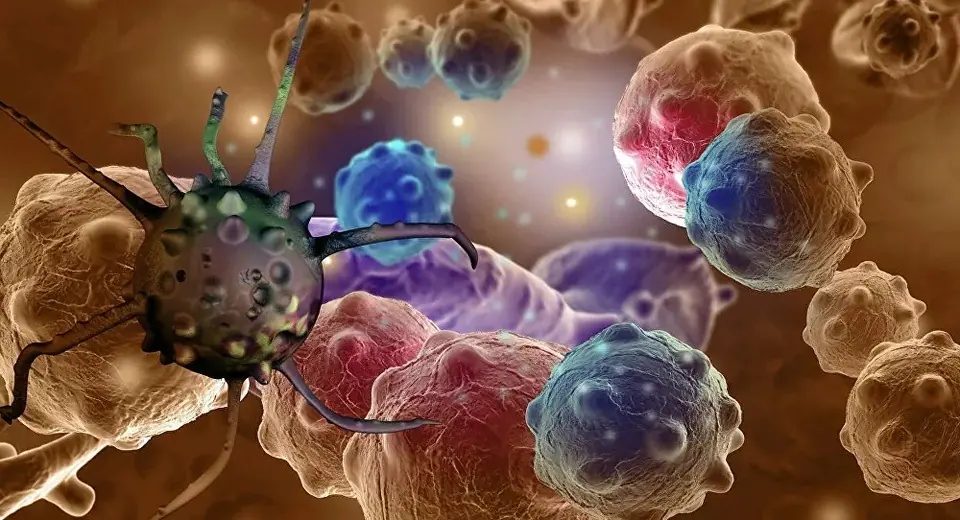
5 Early Symptoms of Stomach Cancer That Help with Early Detection

8 Warning Signs Your Tongue May Be Sending About Your Health

Boost Your Iron: Essential Signs to Watch For & Effective Strategies

Scientists Explain How Sleeping on Your Left Side Affects Your Health

Proven Health Benefits of Eating Eggs: More Than Just Breakfast Food
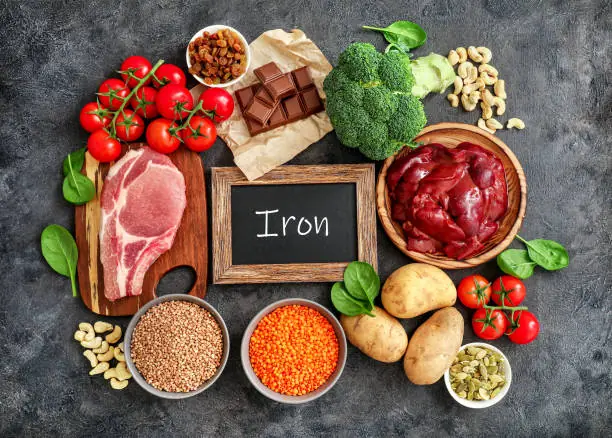
Top Signs of Iron Deficiency & Science-Backed Ways to Boost Your Iron Levels
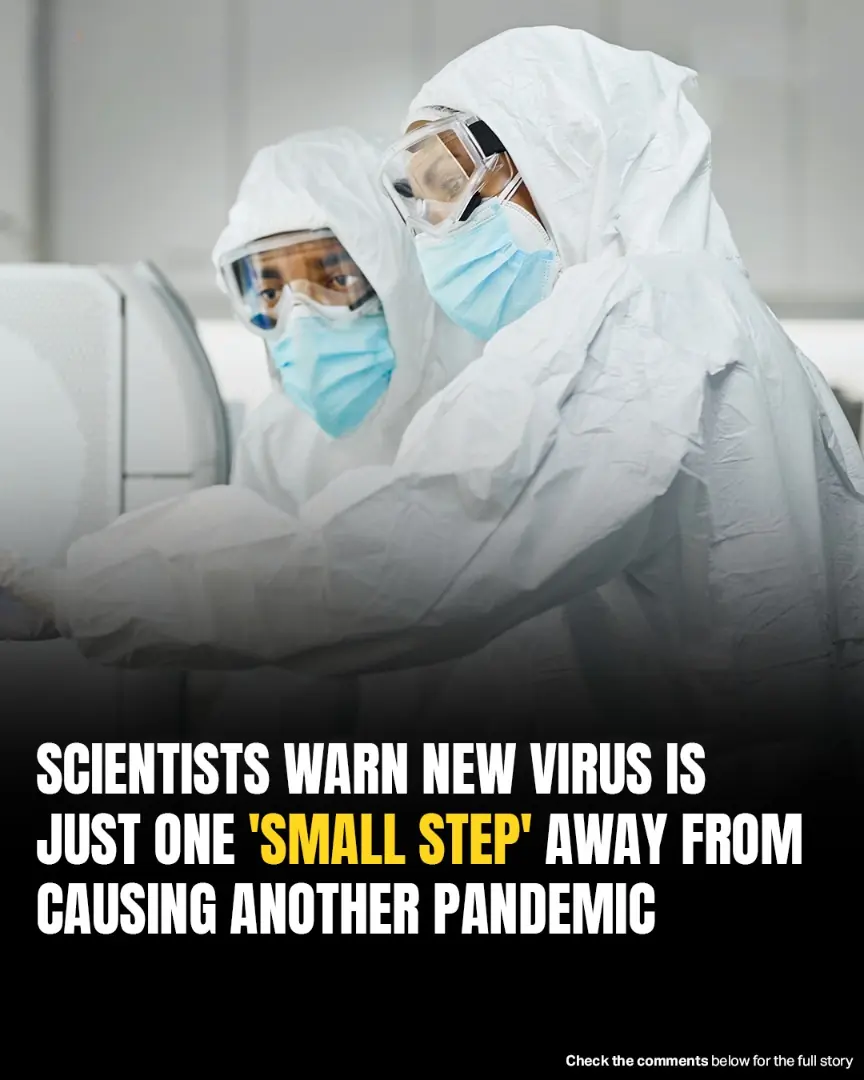
Scientists Warn China-Identified Bat Virus Just One Mutation Away From Sparking Global Pandemic
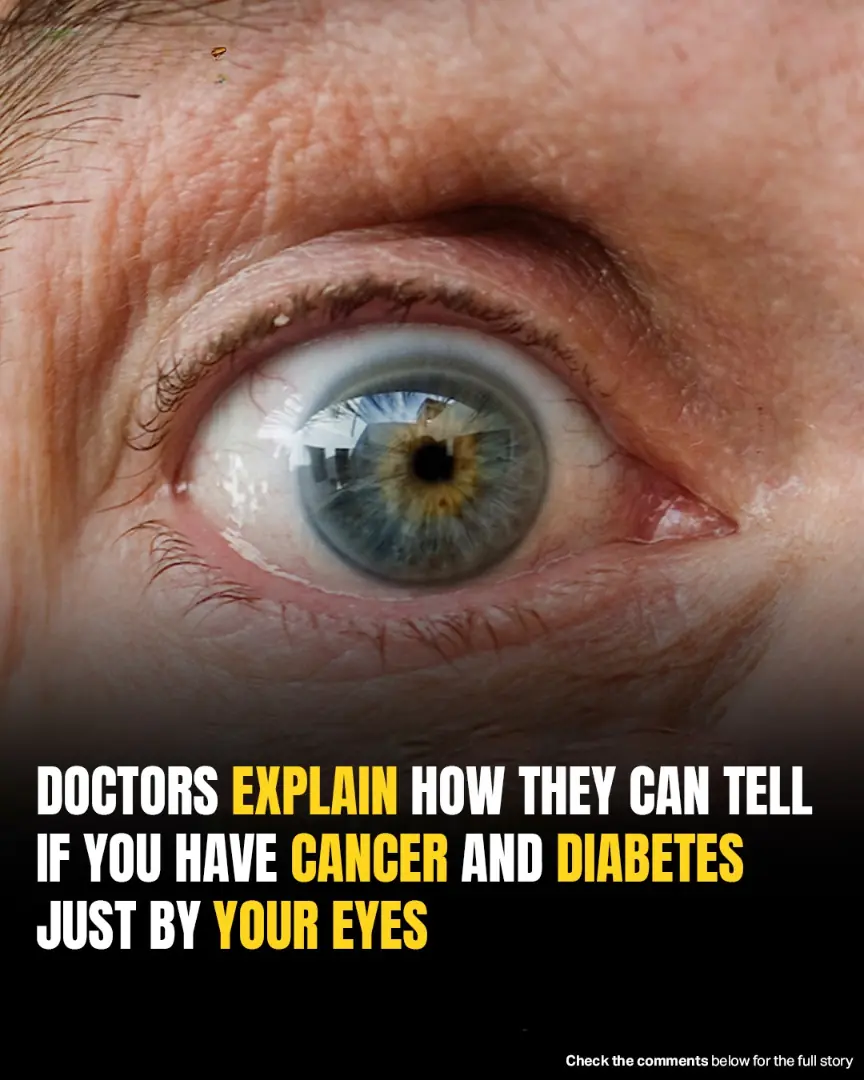
Doctors Reveal How Eye Exams Can Detect Signs Of Cancer And Diabetes

Scientists Develop Injectable Hydrogel to Strengthen Bones

About 15 Minutes Before a Stroke, the Body Often Sends 4 Clear Signals: Call for Help Immediately

8 Signs of Kidney Failure You Should Never Ignore: Bad Breath Even After Brushing Could Be a Warning

6 Signs of Stroke After Showering: Many Mistake Them and Go to Bed, Never to Wake Again

Experts Say Turning Off Wifi And Keeping Phones Out Of The Bedroom Could Boost Your Health

Scientists Finally Figure Out What’s Causing Girls to Get Periods at a Younger Age

Top Foods to Avoid After 60 for Better Health

Aspergillus Fungus Threatens Millions As It Spreads Due To Climate Change, Scientists Warn
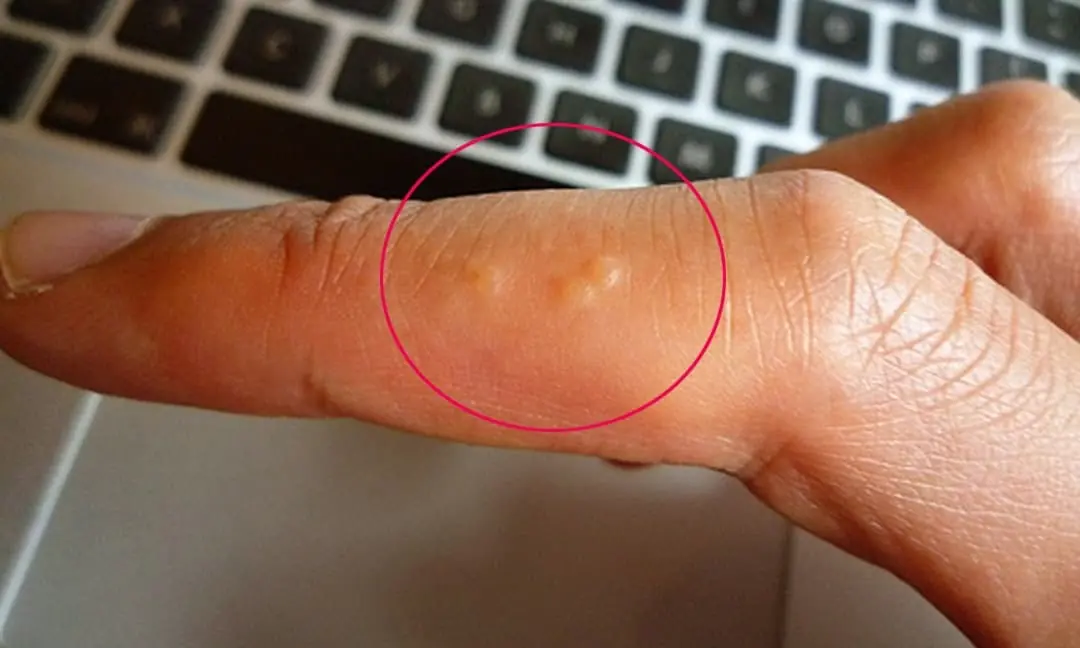
What Are the Tiny Blisters on Your Hands in Summer Trying to Tell You?
News Post
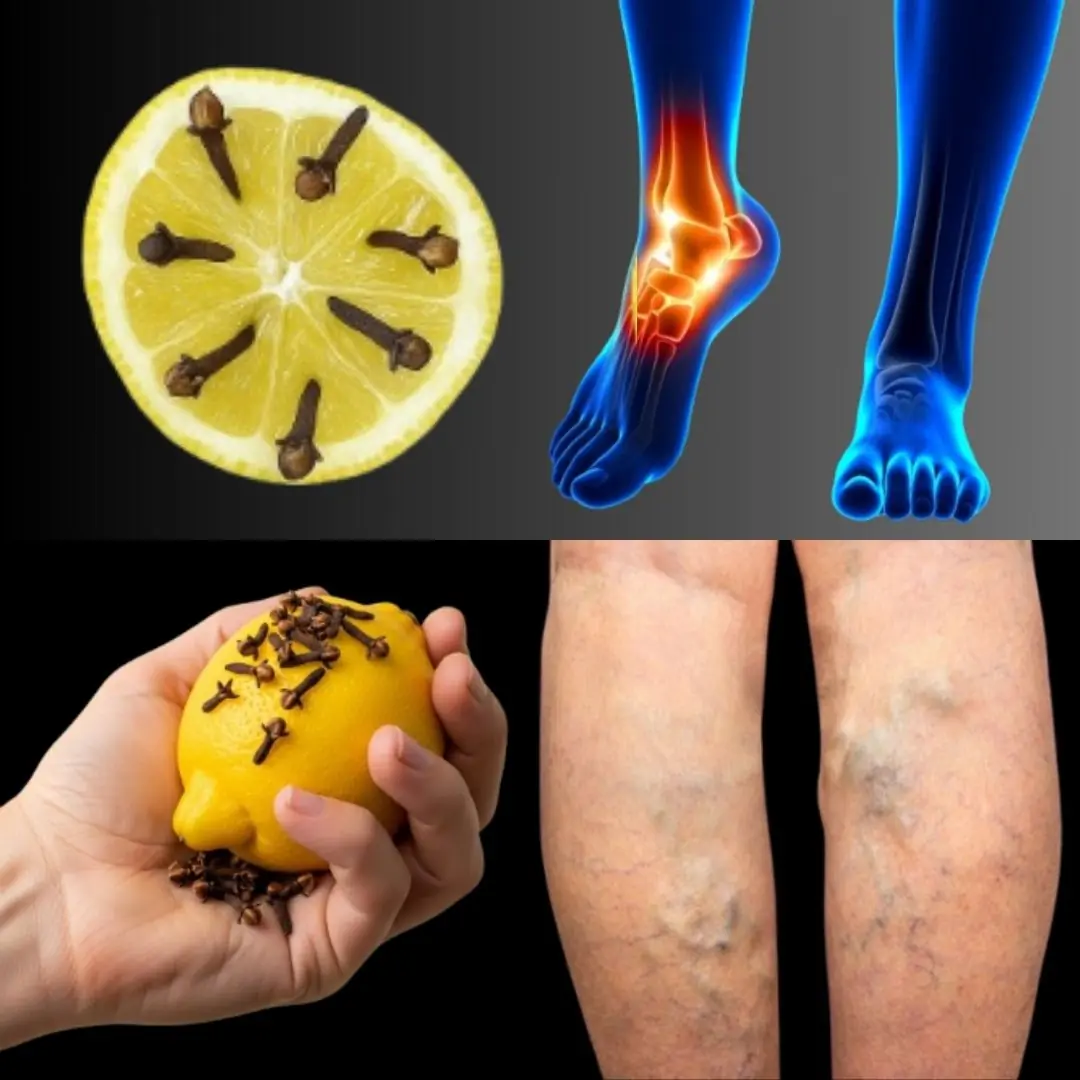
Mom’s Natural Remedy with Lemon: A Modern Cure-All for Pain and Inflammation 🍋🌿

Unlock the Secret Elixir: Why Ginger, Cloves, and Lipton Tea Could Transform Your Health

🌿 The Hidden Power of Papaya Leaves: Nature’s Unseen Healer

Clove, Honey, and Cinnamon Blend: A Simple Daily Remedy for Wellness
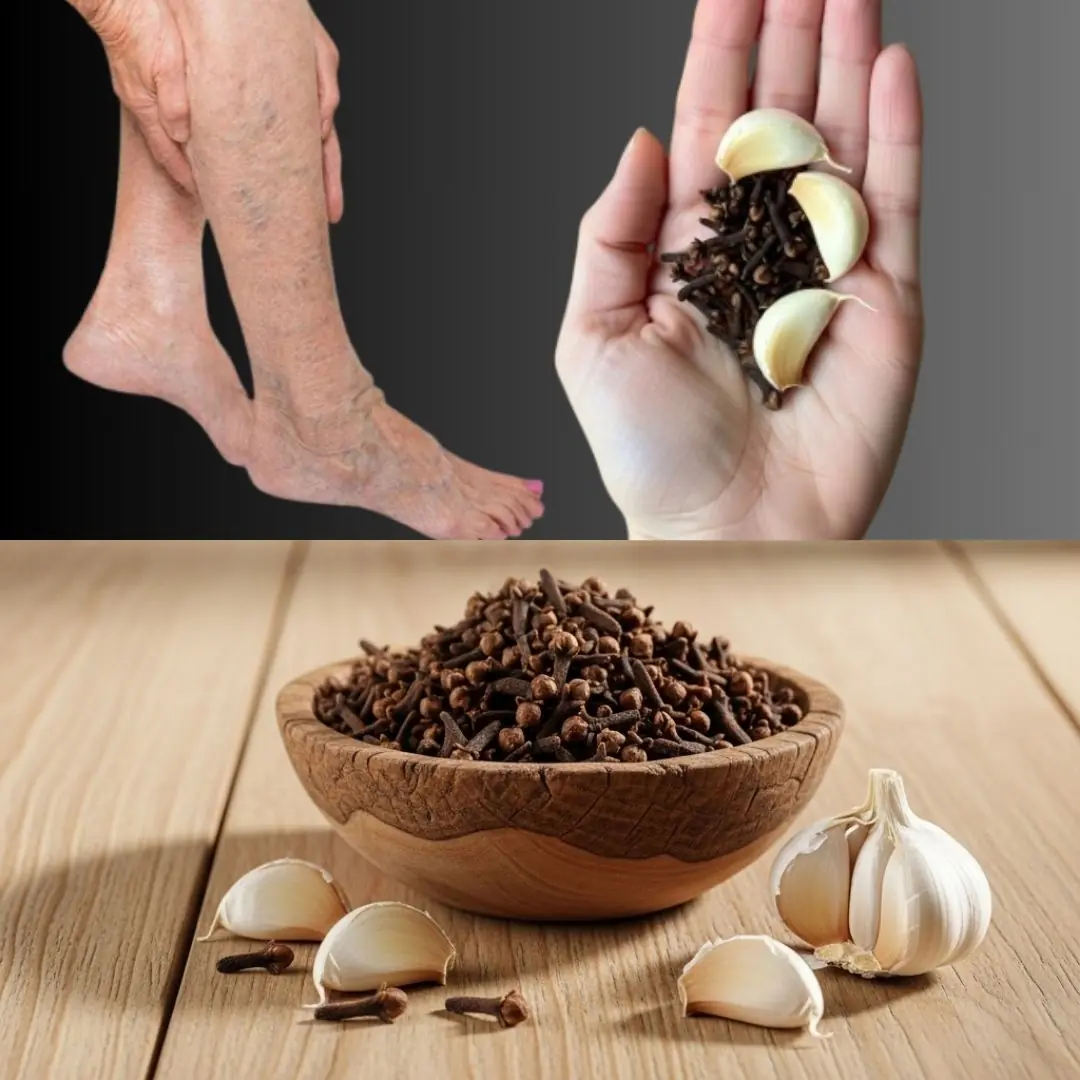
Leg Pain, Rheumatism, Varicose Veins, and Arthritis? Try This Simple Garlic & Olive Oil Remedy!

12 Incredible Health Benefits of Phyllanthus Niruri – Don’t Throw It Away!

4 Types of Cancer with Over 90% Cure Rate: Everyone Should Watch for the Early Signs

If Cancer Is Developing in the Body, These 3 Nighttime Signs Often Appear — But Many People Ignore Them

5 Early Symptoms of Stomach Cancer That Help with Early Detection

8 Warning Signs Your Tongue May Be Sending About Your Health

Boost Your Iron: Essential Signs to Watch For & Effective Strategies

Scientists Explain How Sleeping on Your Left Side Affects Your Health

Scientists Explore Shocking Idea That Plants And Atoms Could Be Aware

Proven Health Benefits of Eating Eggs: More Than Just Breakfast Food

Eat Chia Seeds at Night for 1 Week & See What Happens to You! 🌙✨

Top Signs of Iron Deficiency & Science-Backed Ways to Boost Your Iron Levels

16 Benefits of Chayote Juice: Say Goodbye to Pills and Hello to Natural Healing

Mullein: The Powerful Plant That Soothes Your Lungs, Joints & Muscles Naturally
